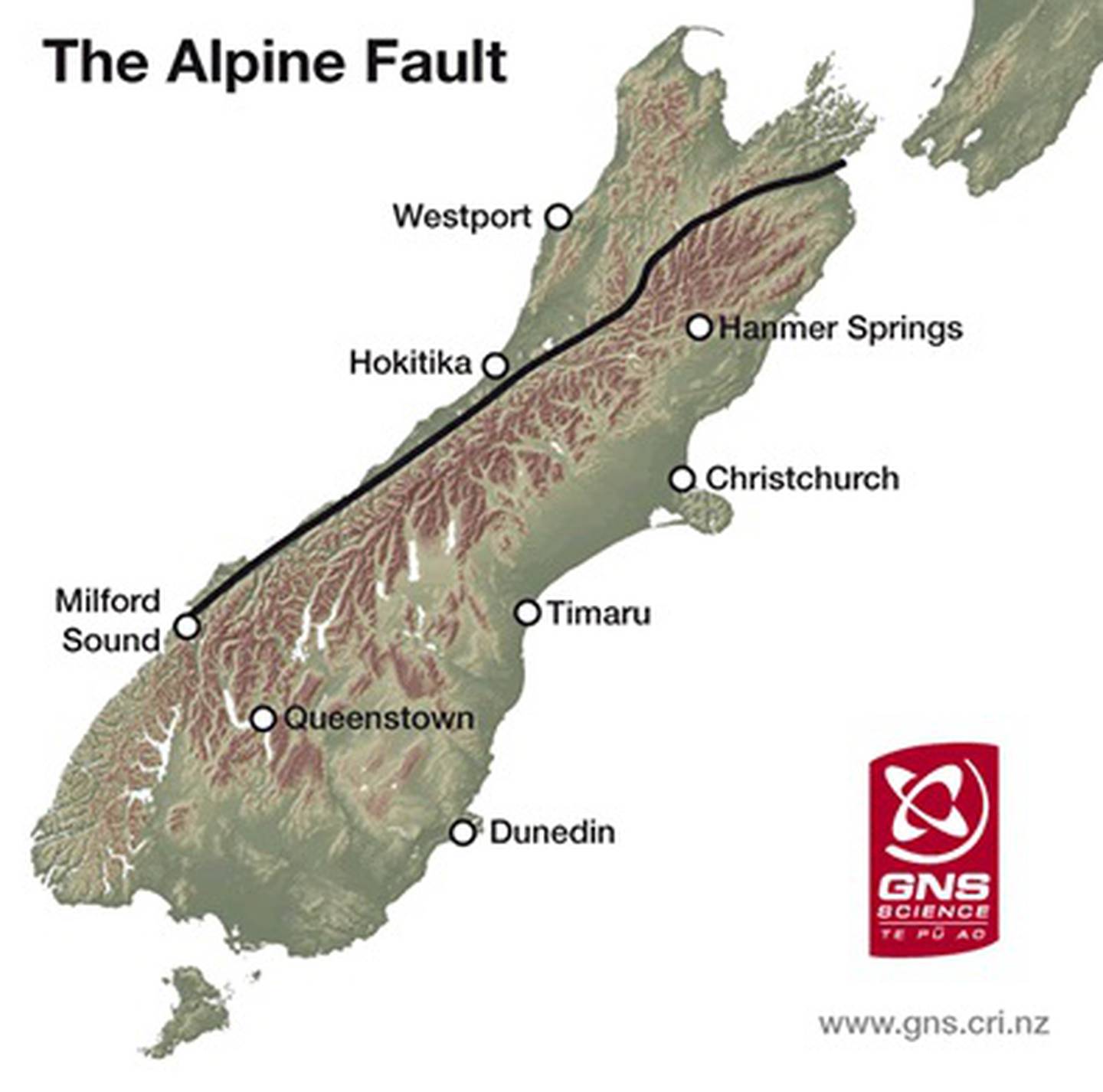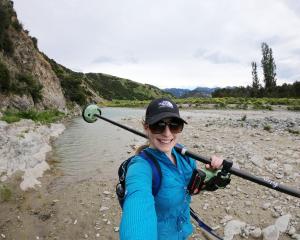
But what will it actually feel like?
The geology of New Zealand makes that an incredibly complex question to answer - but a new study evaluating millions of different earthquake scenarios will give us a much better idea.
The Alpine Fault, which runs about 600km up the western side of the South Island between Milford Sound and Marlborough, poses one of the biggest natural threats to New Zealand - especially the West Coast, Canterbury and Otago.
It has a clear geologic record of rupturing around every three centuries - and 2017 marked the 300th anniversary of what is thought to have been a magnitude 8 quake that moved one side of the fault by about 8m in a matter of seconds.
Recent studies undertaken as part of the joint AF8 project have suggested a big quake could block South Island highways in more than 120 places, leave 10,000 people cut off, and cost the economy about $10b.
Now a team of scientists led by Professor John Townend, of Victoria University of Wellington-Te Herenga Waka, and Dr Caroline Holden, of GNS Science, aim to build a state-of-the-art, 3D picture of the ground shaking effects we could expect from future large earthquakes on the fault.
"When the Alpine Fault next ruptures, it will produce seismic waves that propagate out in all directions," Townend said.
"The ground shaking we feel in different parts of the country during an earthquake is controlled by the size of the earthquake and aspects of how the fault is slipping but also by the geological structure the seismic waves encounter as they propagate over long distances and by the local geology right beneath our feet.
"What we're interested in is, how do variations in the likely characteristics of the earthquake affect ground shaking at different locations in the country?"
Scientists say the intensity of the shaking in the most affected areas - particularly West Coast spots - could be unlike anything we've felt before.
The next Alpine Fault earthquake would likely also be a long-duration event – unzipping the crust for as much as three minutes - because of the sheer length of the fault.
"By comparison, the Kaikōura Earthquake in 2016 ruptured a total fault length of 200km in the space of about two minutes," said Holden.
"Given what we know from geological studies of the Alpine Fault, we're anticipating a major magnitude 8.0-plus earthquake, rupturing 500km of the crust, so the shaking will be felt throughout the South Island, but the intensity and duration will ultimately depend on what happens on the fault."

"But we haven't yet witnessed a rupture of this fault ourselves, so our understanding of what ground motions it will produce is based on hypotheses about how much of the fault ruptures, how fast, and to what depth... and the elastic properties of the Earth," he said.
"By analysing these rupture scenarios mathematically, you can calculate the ground shaking in different places – but you can realistically only do that for a limited range of scenarios because simulating the propagation of seismic waves through complex geological structures is a very large computational task."
The key to evaluating a broader range of earthquake rupture scenarios could lie in newly-developed methods of extracting information from background seismic noise - or what Townend called the Earth's "hum".
"Much of what we record with seismometers is noise generated by ocean waves," he said.
"It looks pretty random but embedded in the incoherence are useful signals that tell us how seismic waves propagate between different parts of the Alpine Fault and, say, locations in Christchurch or Nelson or wherever you like."
Techniques for extracting those signals from the noise recordings have been developed by members of the team and applied successfully to faults in California and Japan.
The novelty of this approach is that calculating how different patterns of slip on the fault affected ground shaking at locations of interest throughout the South Island and southern North Island could be done without having to simulate the entire wave propagation process.
Townend said the approach meant they could efficiently and accurately simulate millions of different earthquakes.
"This enables us to compute realistic ground-shaking in population centres and at other vulnerable locations in response to many more earthquake rupture scenarios than can be practicably studied using conventional approaches," Townend said.
"This means that we can investigate a far more comprehensive range of scenarios that take into account the latest information we have about the fault's current state, and obtain realistic probabilistic estimates of the shaking that will occur in inevitable future large Alpine Fault earthquakes."
The new study is being supported with a $960,000 grant from the Marsden Fund.













